Giant Pangolin (Manis gigantea): The Enigmatic Armored Mammal
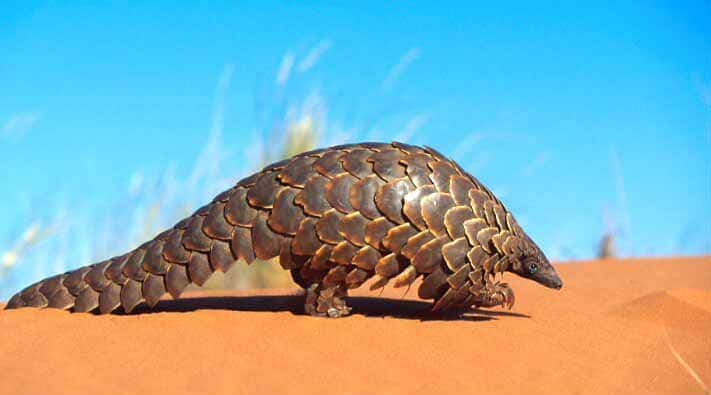
The natural world is filled with fascinating creatures, and among them, the Manis gigantea, also known as the Giant Pangolin, stands out as a truly remarkable species. With its unique appearance, intriguing behavior, and critical conservation status, the Giant Pangolin captures the attention and curiosity of both scientists and nature enthusiasts alike.
The Giant Pangolin is the largest species of pangolin and is native to the rainforests of Central and West Africa. Its name, “gigantea,” is derived from its impressive size, as it can grow up to 1.8 meters in length and weigh over 30 kilograms. This solitary mammal possesses a distinctive appearance, covered in large, overlapping scales that serve as armor, protecting it from predators and other potential threats. Its scales, made of keratin, are highly sought after in illegal wildlife trade, making the Giant Pangolin one of the most heavily trafficked animals in the world.
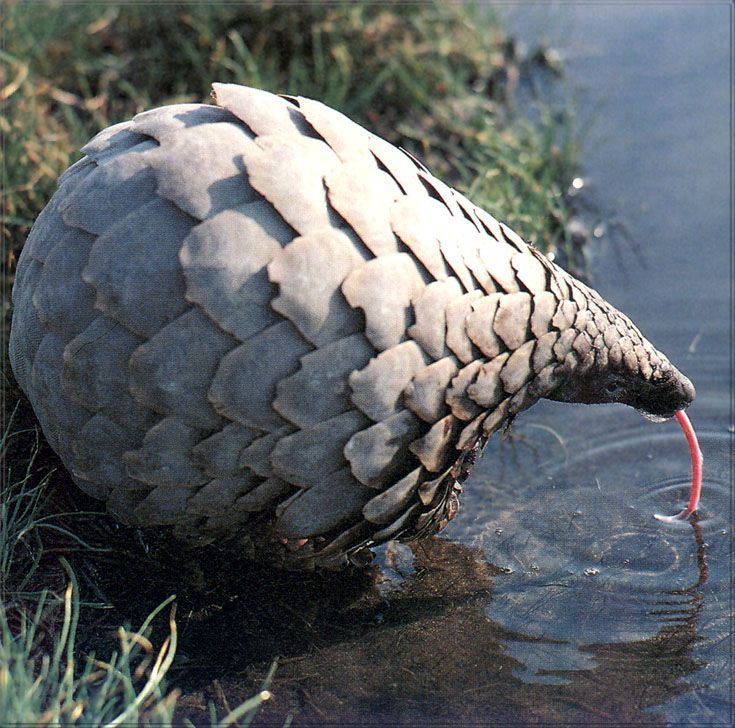
In addition to its remarkable physical characteristics, the behavior of the Giant Pangolin is equally intriguing. It is primarily nocturnal, spending its days hidden in burrows or hollow trees and becoming active at night in search of its preferred diet: ants and termites. With its long, sticky tongue, the Giant Pangolin can consume thousands of insects in a single feeding session. Its specialized diet contributes to the regulation of insect populations and helps maintain ecological balance within its habitat.
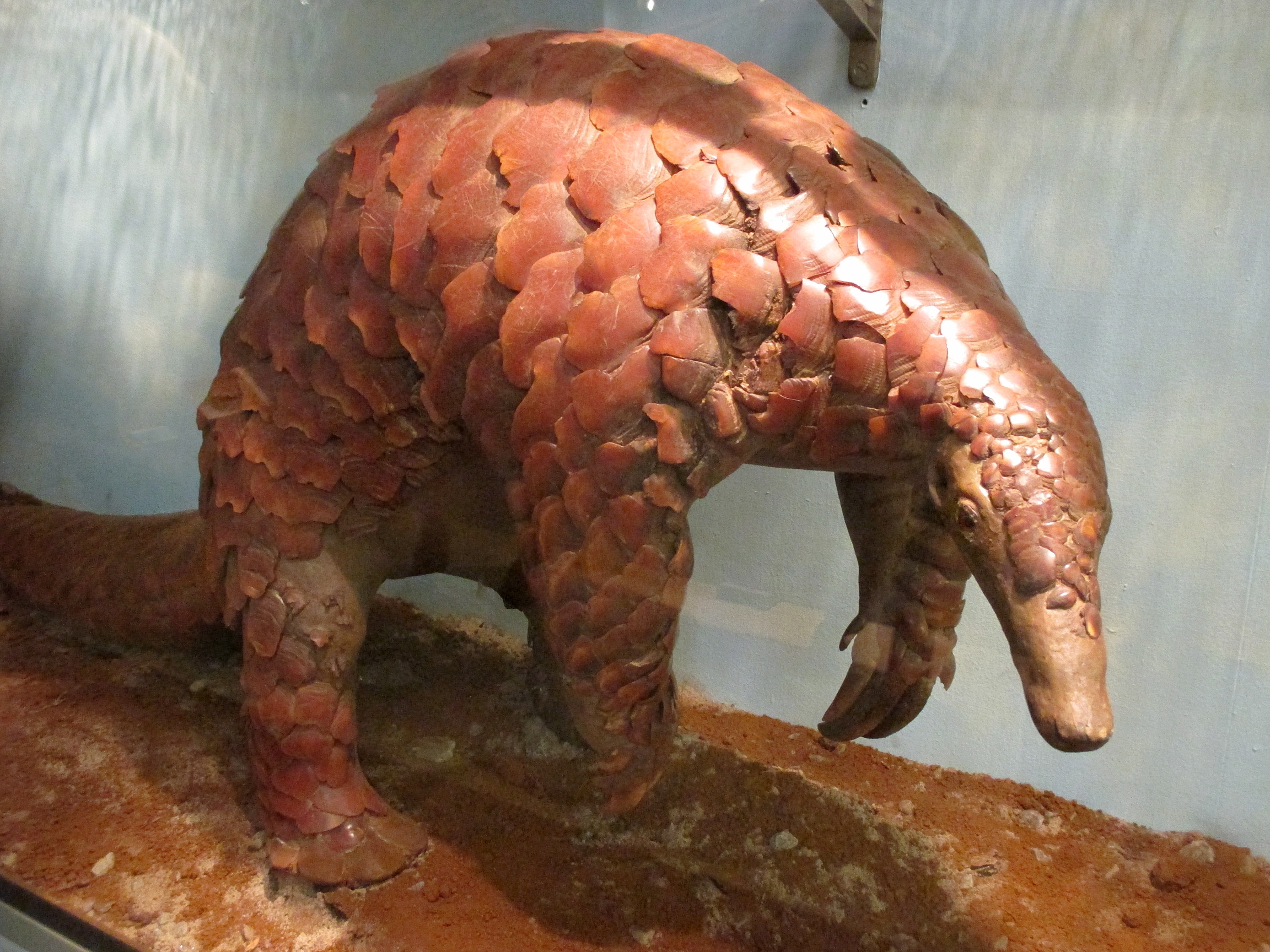
Unfortunately, the Giant Pangolin faces numerous threats that have led to a significant decline in its population. Habitat loss due to deforestation is a major concern, as the expansion of agriculture and logging activities encroach upon its rainforest home. Additionally, illegal hunting and poaching for its meat, scales, and other body parts further exacerbate the decline of this species. The demand for pangolin products, particularly in certain parts of Asia, drives the relentless poaching, despite the international trade bans in place.
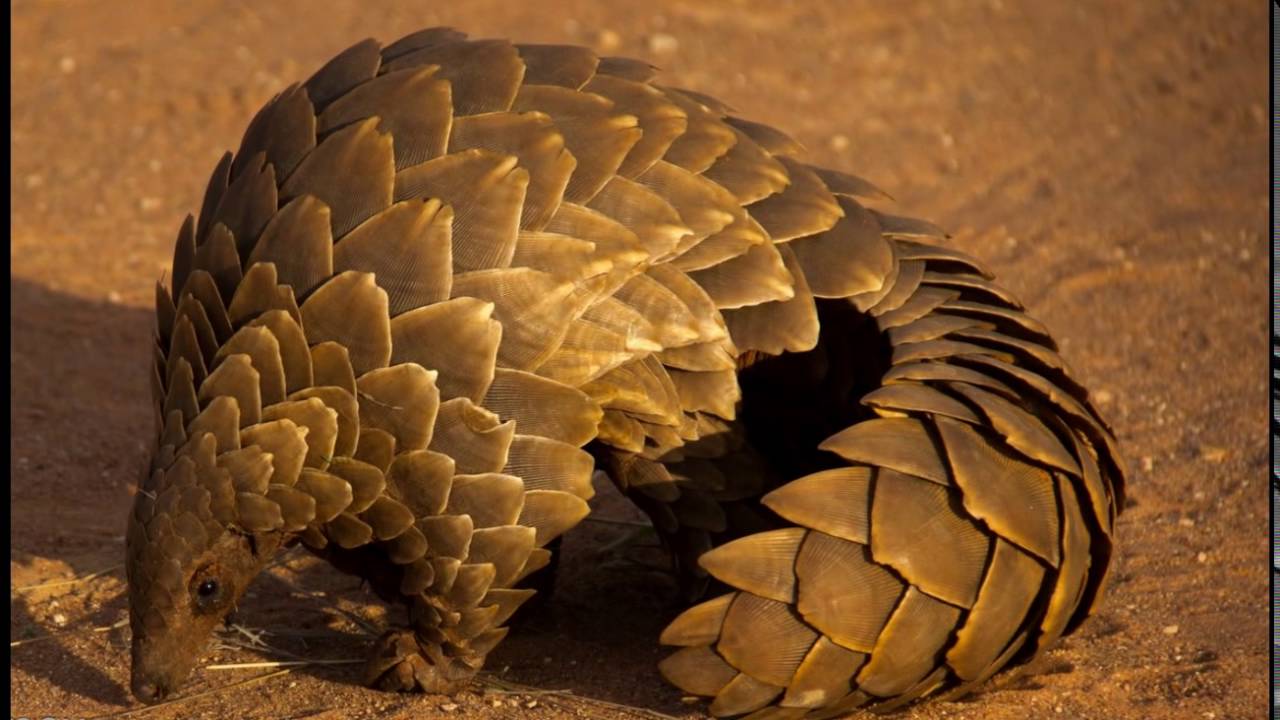
Conservation efforts are underway to protect the Giant Pangolin and raise awareness about its critical status. Efforts focus on establishing protected areas, promoting sustainable land-use practices, and combating illegal wildlife trade. Research initiatives are also crucial in understanding the ecology and behavior of this elusive species to develop effective conservation strategies.
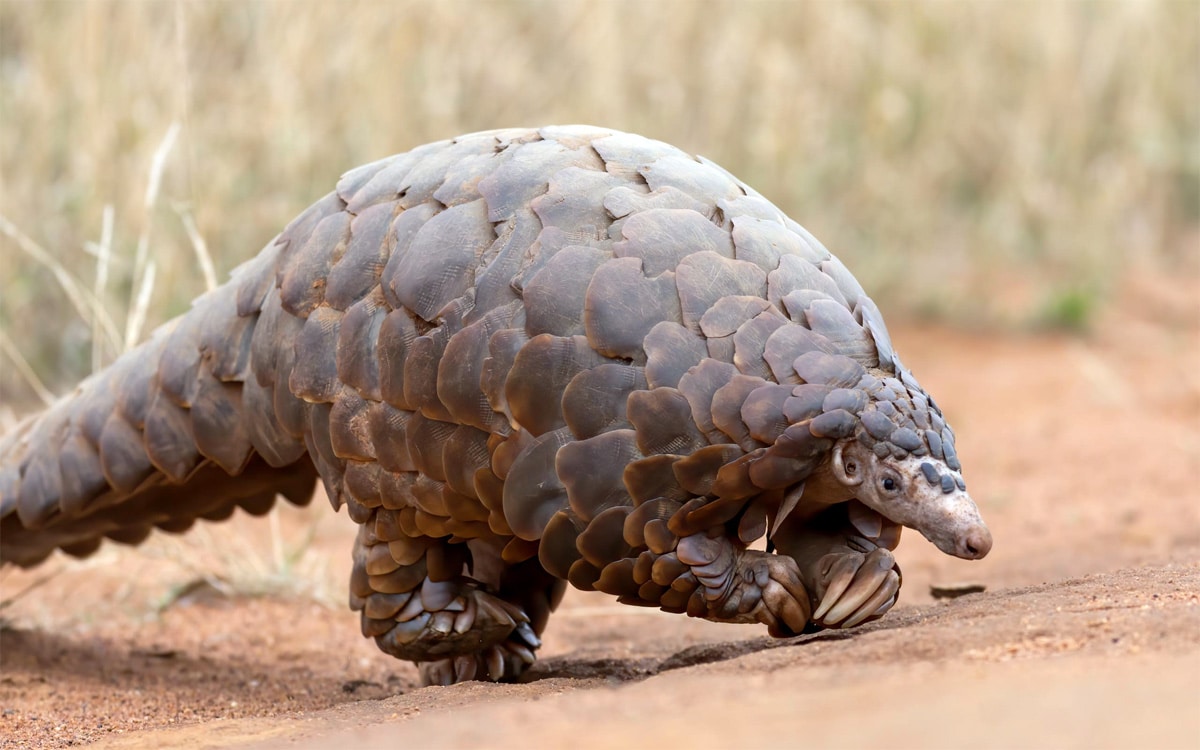
Education and public outreach play a vital role in the conservation of the Giant Pangolin. By increasing awareness about the species and the consequences of illegal wildlife trade, we can inspire individuals to take action. Encouraging responsible tourism practices and supporting local communities that live alongside these pangolins can provide alternative livelihoods and reduce the pressure on their habitats.
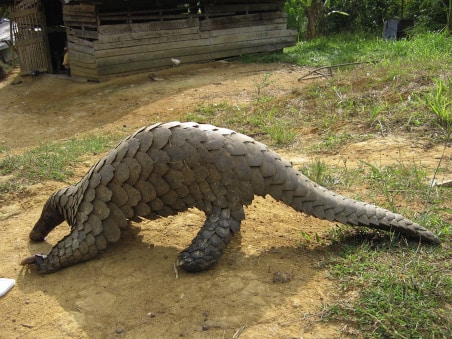

The Giant Pangolin, or Manis gigantea, is an extraordinary creature facing numerous challenges to its survival. Its remarkable appearance, intriguing behavior, and critical conservation status make it a species worthy of our attention and protection. Through concerted efforts, we can strive to ensure the long-term survival of the Giant Pangolin and preserve the natural wonders of our planet for future generations.



